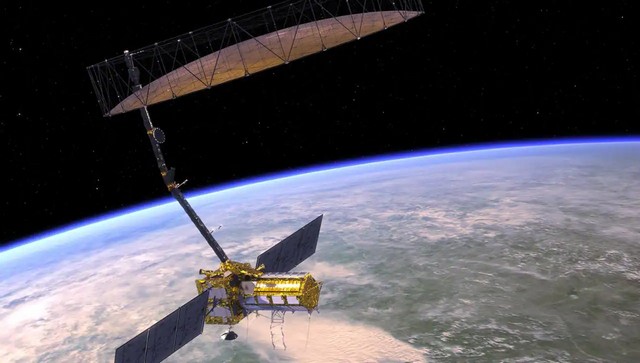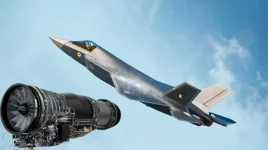)
The Indian Space Research Organisation (ISRO) is set to launch the NISAR satellite, a collaborative project with NASA, which promises to transform our understanding of tectonic plate movements.
ISRO chief S. Somanath has highlighted NISAR's exceptional capability to track these movements with centimeter-level accuracy. This level of precision is unprecedented and will offer invaluable data for comprehending geological processes, predicting earthquakes, and ultimately mitigating the risks associated with them.
While the launch, initially slated for July 2024, may be delayed until October or November due to technical considerations on the U.S. side, the potential impact of NISAR remains significant.
NISAR's advanced radar technology allows it to "see" through clouds and darkness, providing continuous monitoring of the Earth's surface. This makes it an invaluable tool for studying not only tectonic shifts but also a wide range of other phenomena, including changes in ice sheets, deforestation, and volcanic activity.
With NISAR's capabilities, scientists and researchers will have access to a wealth of data that could lead to breakthroughs in earthquake prediction and early warning systems. This could potentially save countless lives and reduce the economic impact of these natural disasters.
Beyond Tectonic Monitoring
While tectonic monitoring is a key focus, NISAR's applications extend far beyond this field. The satellite will be able to comprehensively map the Earth twice a month, offering insights into various aspects of our planet, including:- Water Resource Management: Monitoring water levels and availability.
- Environmental Monitoring: Tracking changes in vegetation, snowpack, and desertification.
- Agriculture: Analyzing agricultural patterns and crop yields to improve practices.
A Collaborative Effort
The NISAR mission exemplifies the power of international collaboration in space exploration. By combining the expertise and resources of ISRO and NASA, this project promises to push the boundaries of our understanding of Earth's dynamic processes and contribute to a safer and more sustainable future.Looking Ahead
The launch of NISAR represents a major milestone in Earth observation technology. Its data will not only benefit scientists and researchers but will also have practical applications in disaster management, resource planning, and environmental protection.As ISRO chief S. Somanath emphasized, NISAR is poised to revolutionize our ability to monitor tectonic movements and gain a deeper understanding of our planet's intricate workings.





